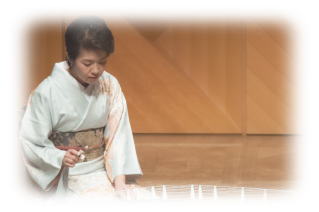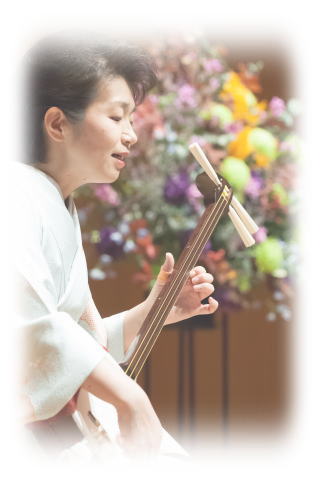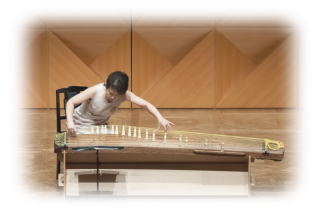| A brief history of koto and shamisen | ||||||||||||||||||||||||||||||||||||||||||
|---|---|---|---|---|---|---|---|---|---|---|---|---|---|---|---|---|---|---|---|---|---|---|---|---|---|---|---|---|---|---|---|---|---|---|---|---|---|---|---|---|---|---|
| Koto | Shamisen | Gahoo Takachi's Koto and Shamisen Lessons |
Lesson Pricing Chart | |||||||||||||||||||||||||||||||||||||||
| Koto | ||||||||||||||||||||||||||||||||||||||||||
| The koto is a slender, elongated instrument, with thirteen strings stretched over a resonant body. The precursor to this simple yet beautiful instrument is thought to have been imported from the Asian continent in the Nara Period (710-794 CE), gradually evolving to become something uniquely "Japanese." The Koto achieved popularity among the common folk in the Edo Period (1603-1868), and in the following Meiji Period (1868-1912), when Western music started to gain prominence, it adapted to meet these waves of change. Over many years, a new approach to using the koto to interpret new and ancient songs has developed, while also emphasizing the importance of inheriting the old traditions. Indeed, maintaining this balance is a key concern of koto musicians. Now, a twenty-string koto, as well as a twenty-five string koto, have been developed, and a thirty-string version has evolved as a separate instrument. |
 |
|||||||||||||||||||||||||||||||||||||||||
| Shamisen | ||||||||||||||||||||||||||||||||||||||||||
| The shamisen is a member of the lute family of musical instruments, with an elongated neck and drum shaped torso, over which three strings are stretched. Shamisen are often made with wood from Chinese quince trees, rosewood, or redwood. The precursor of the shamisen can be found among the Chinese lute-type instruments, and is thought to have first come to Japan in the Muromachi Period (1392-1573) via the Ryukyu Islands (present-day Okinawa). It was during the Edo Period (1603-1868) that the shamisen became widely loved, as it was used to accompany utaimono popular vocal songs, and katarimono, longer narrative songs. It was during the Edo Period that the shamisen evolved into something uniquely Japanese. Koto and shamisen ensemble music emerged in the 17th Century. |
 |
|||||||||||||||||||||||||||||||||||||||||
| Gahoo Takaichi's Koto and Shamisen Lessons |
||||||||||||||||||||||||||||||||||||||||||
| Gahoo Takaichi has over 15 years of experience as a performer and teacher of the traditional Japanese musical instruments, koto and shamisen. She has performed solo in recital series, and with the quartet "Gara." She won first place in the 5th "Great Wall of China Cup" to celebrate musicians who specialize in traditional Chinese and Japanese instruments, and has participated in a study program with the Agency of Cultural Affairs of the Government of Japan. Lessons are offered for a variety of skill and experience levels, so whether you are a beginner looking to experience and produce Japanese music for yourself, or somebody familiar with traditional Japanese music looking for additional guidance from a seasoned pro, please do not hesitate to inquire. |
 |
|||||||||||||||||||||||||||||||||||||||||
| Lesson Pricing Chart | ||||||||||||||||||||||||||||||||||||||||||
Copyright 2016- TAKAICHI,Gahoo All rights reserved. |
||||||||||||||||||||||||||||||||||||||||||